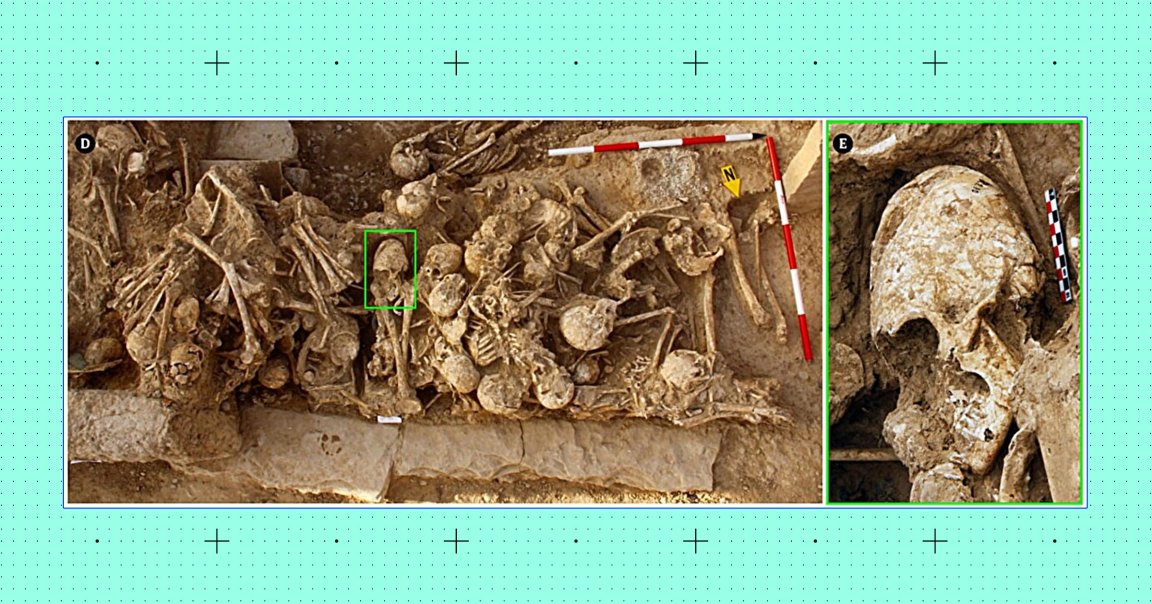
Head Game
Archaeologists in Iran have discovered an ancient cone-shaped skull that is believed to have belonged to a teen girl — and there are signs of tragedy in her bones.
As Live Science reports, the skull, which was found in a prehistoric burial ground known as Chega Sofla without its corresponding skeleton, shows signs not only of intentional modification, but also possibly fatal blunt force trauma.
Dated to roughly 6,200 years old, the strange cone shape of the skull appears to be the product of a practice archaeologists today call artificial cranial modification, a process similar to foot-binding in which the soft skulls of children are bandaged to deliberately deform them.
Found across cultures and millennia, this type of body modification has been undertaken for various reasons, including to denote social status or adhere to beauty standards, as evidenced by it more often being seen in girls than boys. Though it’s still occasionally practiced today, the practice sometimes referred to as “skull elongation” was far more common in prehistoric times. The girl with the conical skull in this study, for instance, was believed to have lived in the fifth millennium BCE.
Violent Ends
Aside from the cone-shaped cranium of the young woman, who was believed to be younger than the age of 20, archaeologists Mahdi Alirezazadeh and Hamed Vahdati Nasab of the Tarbiat Modares University in Tehran — who also authored a study about their discovery that was recently published in the International Journal of Osteoarcheology — also found a long, unhealed fracture on the back of the skull that likely killed her.
“We know this woman experienced the fracture in the final moments of her life,” Alirezazadeh told Live Science, “but we don’t have any direct evidence to say that someone intentionally struck her.”
Though it’s unclear whether the ancient teen in question was intentionally killed or died by accident, the researchers believe that the modified shape of her skull likely made it weaker and more susceptible to trauma than a conventional cranium.
Along with pointing out that an unmodified fractured skull was found alongside the conical skull in the portion of Chega Sofia where they were working, Alirezazadeh also noted that whatever killed the latter “was so severe that it would have fractured a normal, unmodified skull as well.”
More on head science: Scientists Want You to Ink an Electronic Tattoo On Your Forehead So Your Boss Can Detect Your Mental State